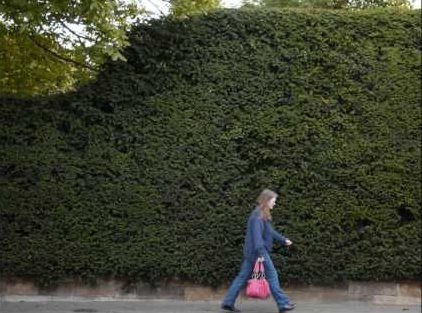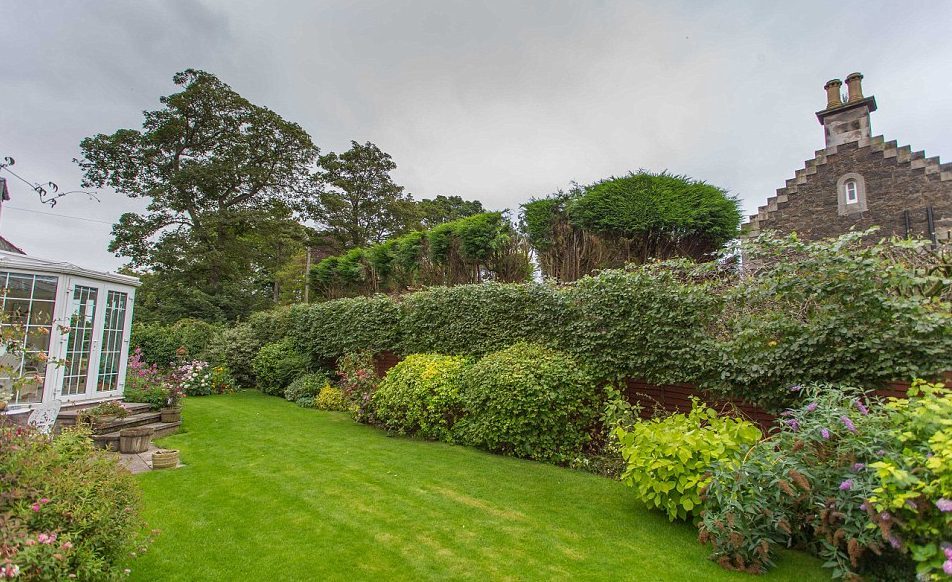Householders affected by so-called ‘hedge rage’ in Tayside and Fife will have their say on the effectiveness of recently approved Scottish Parliament legislation when they address a committee of MSPs on Wednesday.
Members of campaign group Scothedge will claim that “serious loopholes” have become apparent in the High Hedges (Scotland) Act – passed in 2013 – although there have also been many success stories.
Pamala and James McDougall, from Inverkeilor, set up campaign group Scothedge in the year 2000 when they became involved in a dispute with a neighbour over a high hedge bordering their properties.
They were “absolutely thrilled” when the High Hedges (Scotland) Act came in, giving local authorities powers backed by statute to deal with high hedge problems.
But Mrs McDougall told The Courier the review was much needed because there are loopholes in the law which need to be unblocked.
She said: “We will submit that many of the local councils have misinterpreted the law and denied justice to hedge victims.
“Because the law states that the time local authorities should respond to a request for a high hedge notice to giving a decision to the complainant ‘in a timely way’, some councils have used the wording to extend the time unreasonably.
“We think there should be a time limit set so cases do not drag on for months.
“The wording is too loose in the guidelines regarding ‘a right to reasonable enjoyment of the property’ which is very subjective.
“We believe a tighter definition should be used, with a right to light in home and garden.”
The Local Government and Communities Committee, which started collating information on February 6, said it wanted to hear from people on how the law has worked and whether it could be strengthened.
Convener Bob Doris said overgrown hedges could be “a serious nuisance”.
The legislation was introduced following a members’ bill by SNP MSP Mark McDonald, who said overgrown hedges could blight people’s lives.
It came into force in 2014, defining a “high hedge” as a row of two or more evergreen or semi-evergreen trees or shrubs which rises to more than two metres above ground level and forms a barrier to light.
The law allows people to apply to their local authority for a “high hedge notice” if their neighbours’ hedge “adversely affects the enjoyment” of their home to an unreasonable extent.
Councils can step in to settle disputes, and can issue enforcement orders to hedge owners or even carry out work themselves.
Examine
Mr Doris said the committee wanted to examine how well the legislation has worked in the three years since it came into force.
The closing date for receipt of submissions was Monday March 20.
Speaking after the meeting, Mr Doris, said: “It’s clear that many people are still blighted by overgrown hedges in Scotland. Today we heard that, in some extreme cases, high hedges not only cause people to live in darkness but the situation can also impact everyday life – leading to stress and mental health issues.
“We’ll hear from local authorities in May to continue our scrutiny of the Act as we seek to establish whether there is scope to improve the legislation.”












